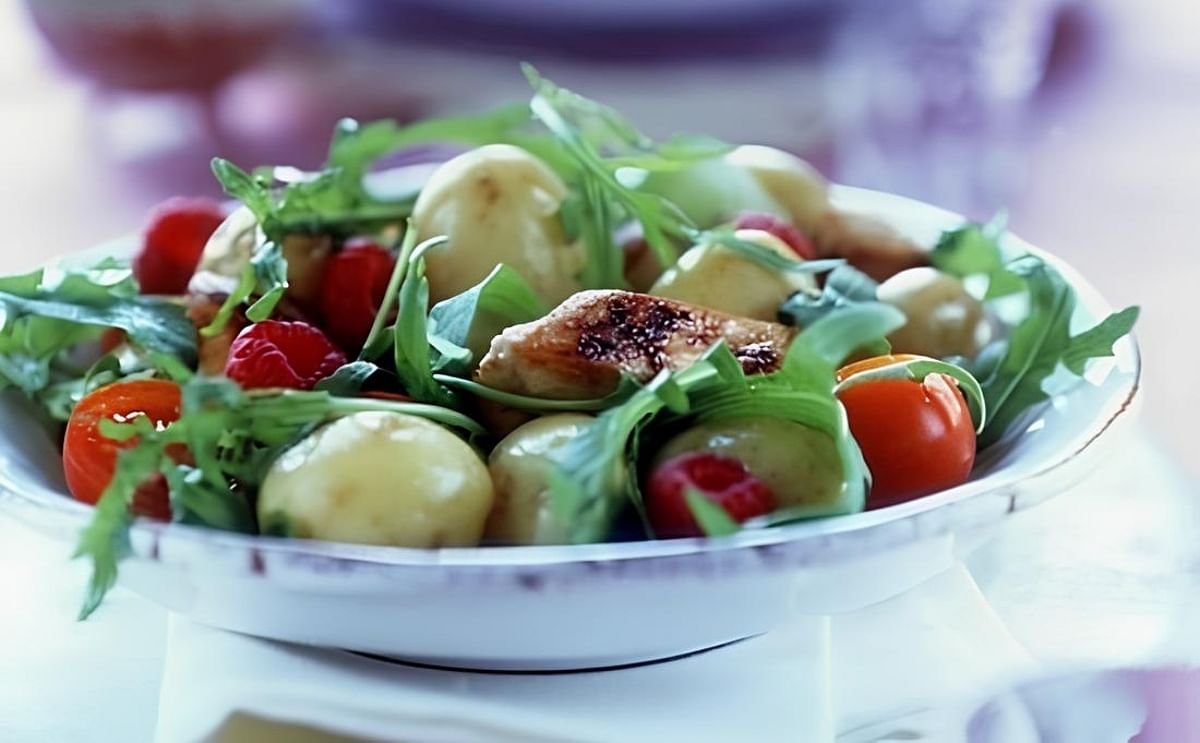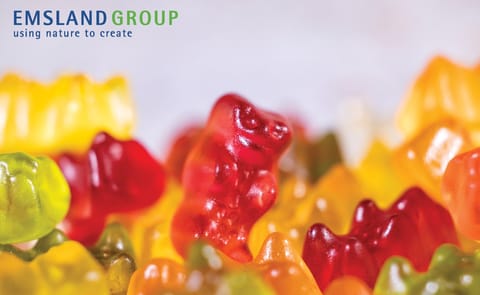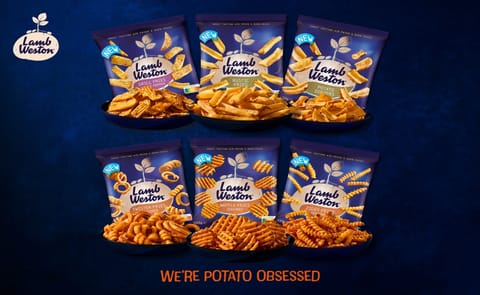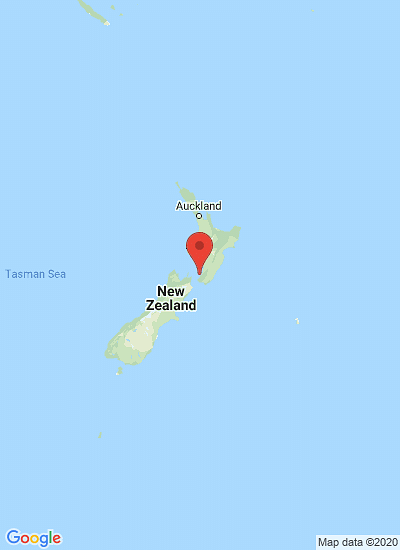Potato salad of new season potatoes (Potatoes New Zealand)
Primaire tabs
Potato claims position of 'Top Vegetable' in New Zealand

The mighty potato has pushed out tomatoes to take the title of New Zealand’s number one favourite vegetable. But it was very close. The latest Household Economic Survey figures from Statistics New Zealand show Kiwis bought more than $119 million worth of potatoes in the year to June 2013, and $118.7 worth of tomatoes. Tomatoes have reigned supreme at the top of the favourite vegetables list for at least 10 years. Scientifically tomatoes are considered to be a fruit, but Statistics NZ, Horticulture New Zealand and most consumers consider them to be a vegetable. Spending on both potatoes and tomatoes increased by more than $10 million since the last survey in 2010. Traditionally it’s always a close fought race at the top of the list of favourite vegetables, but it’s not so for fruit. The banana was the number one selling fruit in New Zealand in 2013. We bought $143 million worth of bananas to the year ended June 2013, which was only $1 million more than we spent on bananas in 2010 ($142m). That’s $37 million more than we spent on apples, the next most popular fruit ($106m). Horticulture New Zealand chief executive Peter Silcock says the statistics show Kiwis are spending more on fruit and vegetables, which is great, but they are also spending more on imported fruit. "Increasingly our growers are facing competition from imports during our main production seasons, rather than only during our off-season." This is one of the reasons HortNZ has been calling for the introduction of mandatory country of origin labelling for all food sold in this country. "Shoppers don’t realise the orange or the tomato they are buying could be from another country. "Kiwis deserve the right to choose to buy local if they want to. And they need better labelling to be able to do this," Peter says. Other notable movers are: Spinach shot up four places from 16th (2010, $12m) to 12th in 2013 ($18.3) Kumara beat carrots (carrots are Australia’s favourite vegetable) to take 5th spot, up from 8th in 2010 Celery lost its place in the top 20, at 20, and was replaced by newcomer, corn ($11m) Imported fruit like bananas (1), grapes (3) and pineapple (11) went up at the expense of local produce like oranges (5), pears (8) and watermelons (18), which all dropped places.








